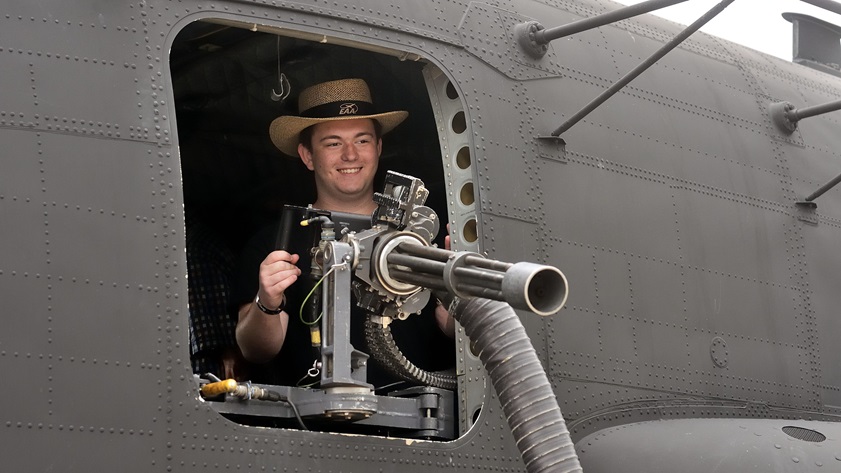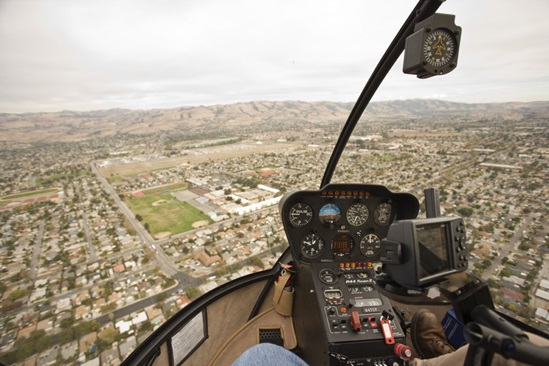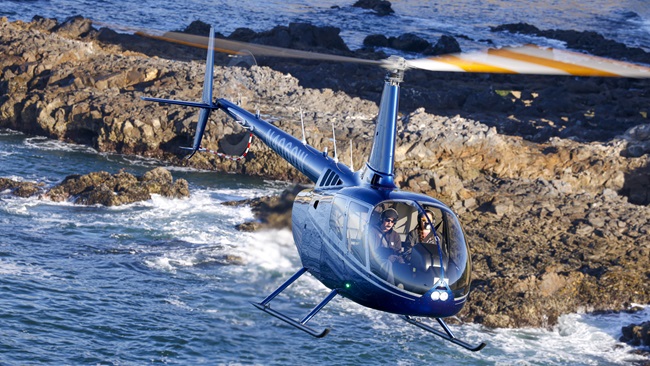Night Stalkers visit Oshkosh
For first time, 160th SOAR shows a helicopter
Tucked away in the southeast corner of Boeing Plaza at EAA AirVenture in Oshkosh, Wisconsin, this week is a large Boeing Chinook helicopter. But it’s clearly not a standard CH-47. This one’s painted flat black, instead of the U.S. Army’s normal green. Bulbous fairings housing fuel tanks and special equipment line both sides of the fuselage, and a massive aerial refueling probe juts forward of its nose. And aren’t those M134 7.62-mm electrically operated, air-cooled miniguns protruding from each side of the forward cabin?
Although the Army's MH-47G heavy assault helicopter is in high demand to support special operations troops around the world, one of them landed in Oshkosh for EAA Airventure. These special-purpose aircraft are operated by the 160th Special Operations Aviation Regiment (SOAR), better known as the “Night Stalkers.”
“We had an opportunity to be a part of this. It’s really an awareness campaign,” said Chief Warrant Officer 4 Ryan Walters, a senior flight instructor in the MH-47. “It’s a very high-demand asset. This is an opportunity for the public to see it, and interact with the crew. We’re also here to assist U.S. Army Aviation recruiting.” Walters, who joined the Army in 1998, graduated from flight school in 2002. After flying medevac missions in Blackhawks for a year in Iraq, he had the opportunity to join the 160th SOAR. Walters has logged 1,800 combat flight hours.
The Night Stalkers have been very well received at AirVenture, Walters commented. “I think people are really enjoying seeing this—it’s not a normal Chinook,” he said. “We’ve had nothing but good feedback and long lines.”
The massive MH-47G has a maximum gross weight of 54,000 pounds, cruises at about 120 mph, and has an endurance of about five hours; because it doesn’t have a tail rotor, it can operate at higher altitudes than any other helicopter in the Army’s inventory. It can carry a crew of six, and up to 33 troops. The heavy assault helicopter has a fully digital glass cockpit that is compatible with night-vision goggles; a rescue hoist; and a cargo ramp that allows rapid loading and unloading. The cabin has four gunners’ positions. The model has been deployed continually since the terrorist attacks of September 11, 2001, and this airframe—like all the others in the fleet—has seen combat.
Flying the big, black bird can be stressful, Walters acknowledged. “I’m comfortable being solid IFR for six hours and dodging thunderstorms. To me, that’s a low-stress environment,” he said. “When you fire up the APU, that’s when the adrenaline kicks in.” The MH-47 is very agile for such a large helicopter, he added.
Walters said he plans to retire from the Army next year, and that his next career will not involve flying helicopters. “I would never be able to match in a civil helicopter what I’ve done with this helicopter,” he said. That doesn’t mean he’s done with flying, however: Walters said he would like to buy a single-engine piston airplane so he can fly his daughter to get lunch.





